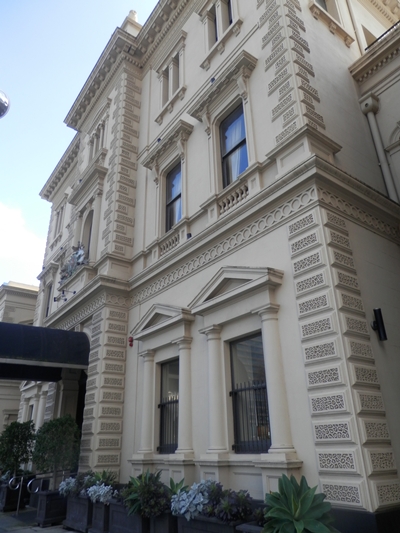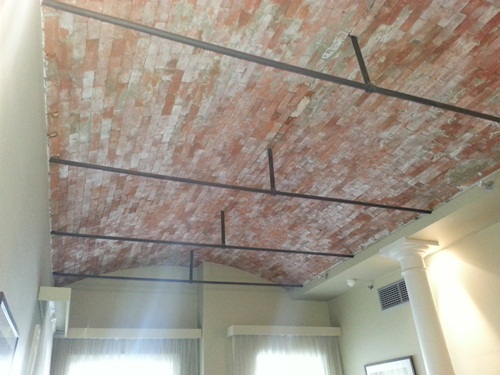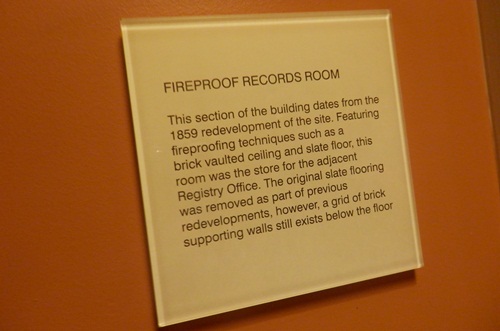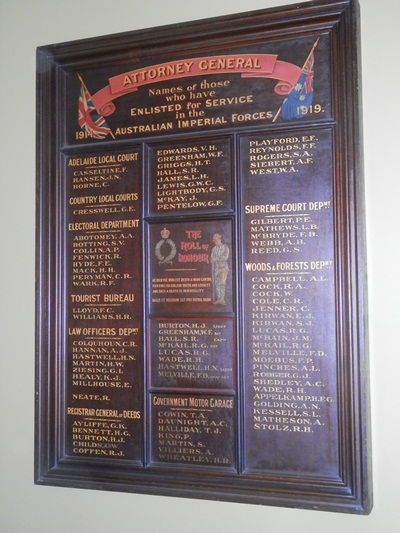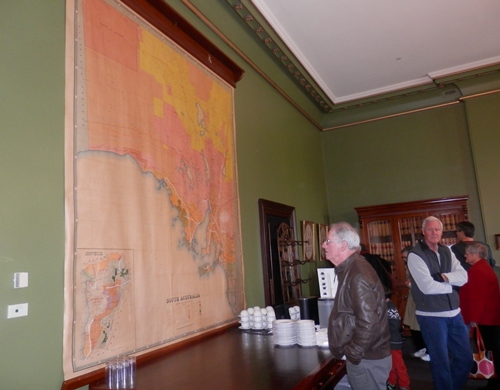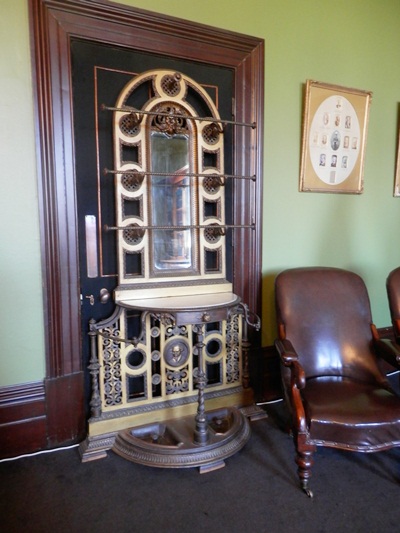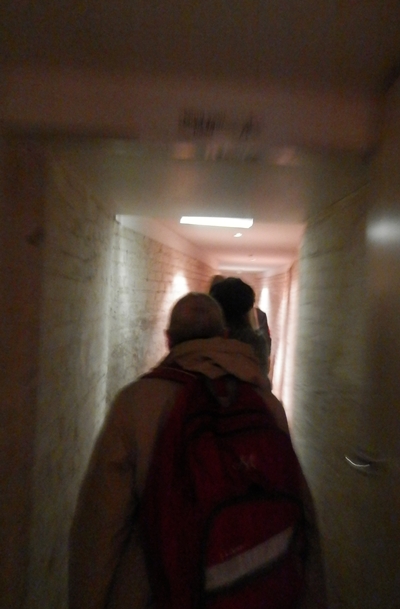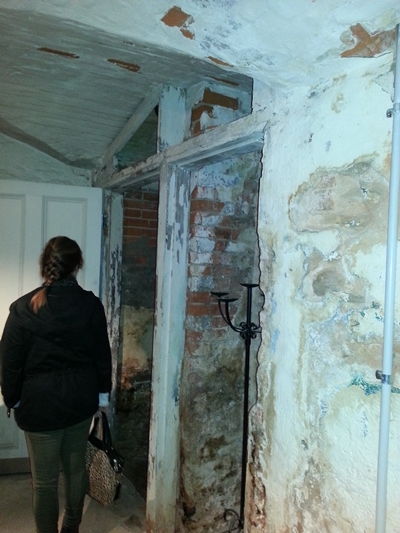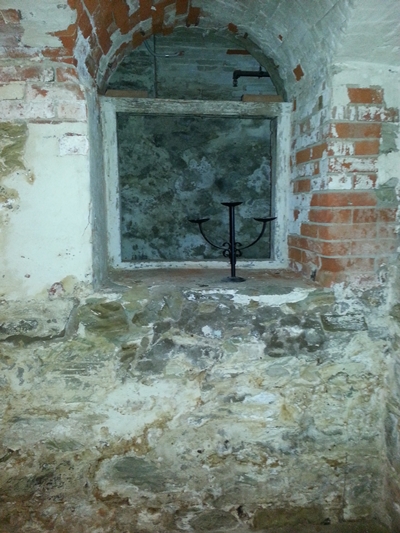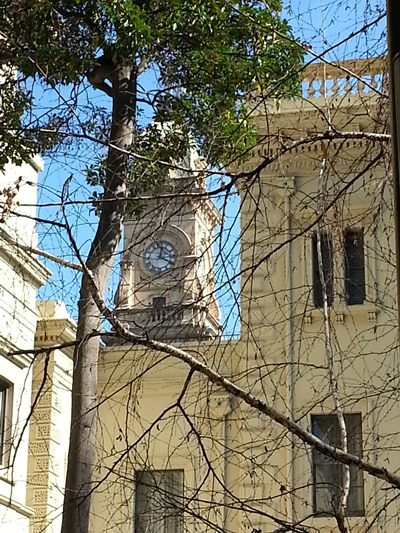Unlock the Past’s Australian History & Genealogy Expo 2016
Unlock the Past’s Australian History & Genealogy Expo 2016 is coming and it’s big … ok, it’s not to the size of RootsTech or Who Do You Think You Are? Live! … but it’s big by Australian genealogy conference standards. In fact, it’s the biggest we’ve had.
For anyone who’s into genealogy particularly those in Australia (or anyone who wishes to visit from overseas, you’re more than welcome to come and visit my beautiful home city of Adelaide), this really is something you won’t want to miss.
The Expo is being organised by Unlock the Past, who along with being one of Australia’s leaders in promoting history and genealogy, have organised Expo’s and other events around Australia and as well as held genealogy cruises over the past few years.
Firstly a few numbers and details
Let’s start with a few stats
– held over 2 days
– 100+ exhibitors (with many coming from interstate or overseas)
– 90 talks
– 35+ speakers
There will be workshops, getting started talks, advanced talks and one-on-one Research Help Zone sessions with experts, and a large Expo hall.
The Where: Immanuel College, 32 Morphett Road, Novar Gardens, South Australia
The When: 7-8 October 2016
The Time: Friday 10am-5pm, Saturday 9am-4pm
The Admission Cost: $15/1 day; $20/2 days, 18 and under free
The Speakers
The speakers are coming from all around Australia with a few from overseas too:
– Dr Tom Lewis (author and military historian)
– Philip Payton (well-known authority on Cornish history, and Australia in WW1)
– Brad Argent (Ancestry UK)
– Jeremy Austin (Australian DNA Database Project)
– John Donaldson (Family Tree Maker specialist)
– Greg Drew (South Australian mining history)
– Andrew Gildea (from Finders Cafe)
– Jan Gow (well-known speaker from NZ, who will be talking on Legacy and other topics)
– John Graham (from Ryerson Index)
– Rob Hamilton (expert on Freemasonry records)
– Shauna Hicks (well-known Australian genealogy presenter)
– Rosemary Kopittke (expert with online sites, and other topics)
– Janette Lange (from the Lutheran Archives)
– Sylvia Murphy (from the Families in British India Society)
– Madeleine Regan (from the Veneto Market Gardeners Oral history Project)
– Christeen Schoepf (from the Cheer-up Hut)
– Sally Stephenson (from the Oral History Association SA/NT)
– Helen Smith (expert in medical history, DNA, methodology and many other topics)
– Richard Wilson (from DatacomIT)
and many more … click here for the full list.
The Topics
The list of topics covered is extensive, and covers everything from Cornish emigration to DNA, health history, Using maps, German genealogy, using FamilySearch, MyHistory, dating 19th century photos, oral history, Findmypast, Family Tree Maker, Print options for your family history, Police history, military history, digitising and preserving historical documents, basic charting, Family Historian, sporting ancestors, mining ancestors, flour milling ancestors, Ryerson Index and the list goes on. View the current program here.
Cost of Talks
Many talks will be free, but some will have a charge of $10 or $5 per talk. Tickets to these will be available to purchase at the Expo, or you can buy a $50 Gold Ticket which gives you access to unlimited talks. Dyou can find details of that here.
The Exhibitors
The exhibitor list is long, and you can look through the full list for yourself here, here’s just a few to run by you:
– Ancestry
– Australian DNA Database Project
– Avonmore Books
– Big Egg Media
– Council Libraries
– DatacomIT
– Eezy Charts
– Family Tree Maker (MacKiev)
– FamilySearch
– Findmypast
– Finders Cafe
– Football Club Archives
– Geopast
– Guild of One Name Studies
– HistorySA
– MyHeritage
– School Archives
– Societies (many big and small societies are exhibiting)
– State Library of South Australia
– State Records of South Australia
– Teapot Genealogy
– Thornetree Genealogy
– Vivid Recollections
– Wakefield Press
The Goodies
Apart from the vendors likely to have specials during the Expo, and the registration kit being full of all sorts of fabulous stuff, there are thousands of dollars worth of prizes up for grabs, and here’s how to be in it to win.
1. Anyone who pre-purchases their ticket goes into a draw, simple as that.
2. Anyone who attends the Expo (including those who pre-purchased a ticket) go into a draw.
3. Take part in the Treasure Hunt for more prizes.
Please note: this does exclude exhibitors and those under 18 who get in for free
More Info
Website: www.unlockthepast.com.au/AustralianExpo2016
Email: inquiries@unlockthepast.com.au
Phone: (08) 8263 2055
Book: click here
And if you’re attending, please stop by the Gould Genealogy stand and say Hi, as that’s where you’ll find me.
In May’s Gone By …
Believe it or not May is here. Which means that June is almost here. Which means the middle of the year. Already! But we won’t dwell on that.
Apart from a couple of birthday’s, and Mother’s Day of course, May is a pretty quiet month for me. So I thought I’d take a look back through the history books and see happened in May … and as you’ll see there’s a heap a fascinating events that occurred during May.
1770 (17 May) – Lieutenant James Cook discovers and names Queenland’s Glass House Mountains
1813 (11 May) – Lawson, Blaxland and Wentworth set out to cross the Blue Mountains in Australia’s first major exploration venture
1829 (2 May) – The city of Fremantle, Western Australia, is founded as Captain Fremantle hoists the Union Jack
1837 (23 May) – Streets and squares in Adelaide, capital of South Australia, are first named
1838 (24 May) – The first in what was to become a chain of David Jones Department stores opens
1840 (22 May) – New South Wales ceases to be a convict colony as the Order-in-Council ending transportation of convicts is issued
1852 (4 May) – The Second Gold Escort arrives in Adelaide, returning wealth from the Victorian goldfields to the colony of South Australia
1854 (18 May) – Australia’s first horse-drawn railway line commences operations in South Australia
1861 (30 May) – Wills returns to the Dig tree to see whether a rescue party has arrived
1870 (25 Mar) – Notorious Australian bushranger ‘Captain Thunderbolt’ is shot dead
1884 (31 May) – Kellogg patents the cornflake
1894 (5 May) – The Australian slang term ‘fair dinkum’ appears in print for the first time
1900 (15 May) – Women win the vote in Western Australia
1908 (10 May) – The first Mothers’ Day is celebrated
1915 (7 May) – British ship, the Lusitania, is sunk by a German submarine, resulting in the loss of 1,198 lives
1927 (20 May) – Charles Lindbergh becomes the first person to fly solo and non-stop across the Atlantic Ocean
1928 (15 May) – The Aerial Medical Service, later the Flying Doctor Service, is established at Cloncurry, Queensland
1933 (2 May) – The Loch Ness Monster is formally introduced to the world via a newspaper article
1937 (6 May) – The airship Hindenburg catches fire as it attempts to dock in New Jersey, USA, killing 36
1942 (31 May) – Japanese midget submarines enter Sydney Harbour in WWII
1945 (8 May) – Today marks VE Day (Victory in Europe), when Germany’s unconditional surrender to the Allies is announced
1949 (23 May) – West Germany is formed after Germany is split, following World War II
1960 (23 May) – Television finally comes to Tasmania with the launch of TVT-6
1967 (27 May) – An Australian referendum recognises more Aboriginal rights as equal citizens
1978 (3 May) – The first ever spam email is sent
1980 (18 May) – Mount St Helens, Washington state, USA, erupts in spectacular fashion
1984 (13 May) – The Australian $1 banknote is replaced with a $1 coin
2008 (21 May) – It is reported that the Tasmanian government has declared the Tasmanian Devil an endangered species
More details on every one of these events (as well as thousands more) can be found on the This Day in History website. If you haven’t been there before, do so, because it really is fascinating to read what happened in history.
And maybe it’s just me, but seeing this makes me realise that interesting stuff happens all the time throughout history!!
Be it worldwide or local in your own family, what interesting events in history have you come across that occurred during May?
Open House Adelaide 2015
Back in 2012 and 2013 Open House Adelaide was a part of the About Time History Month celebrations, with one weekend in May being when all the “Open House” events were on.
I noted that they were not part of this year’s History Month celebrations, so I have been keeping an eye out for when they were on, and have discovered that Open House Adelaide will be a part of the Festival and Architecture and Design (FAD) which runs from 8-13 October 2015.
This Festival is said to …
“… deliver a fun, engaging and informative program of architecture and design talks, forums, exhibitions, performing arts, children’s activities, guided walking tours and the return of Open House Adelaide program”.
For those not familiar with what Open House Adelaide is, it is a weekend where businesses, buildings and historical places around the city open their doors for you to wander through, look at the history and architecture and enjoy seeing parts of Adelaide you may not have seen before.
If you visit the FAD website, you can find details of all 40 or so events, tours, talks, workshops and more including all the Open House Adelaide ones too.
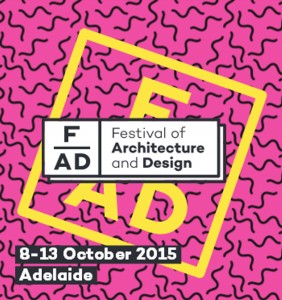 Adelaide is just one of four Australian cities that have taken on the”Open House” idea, which is actually a global idea, and continues to grow each year.
Adelaide is just one of four Australian cities that have taken on the”Open House” idea, which is actually a global idea, and continues to grow each year.
Adelaide – http://www.fad.org.au/
Brisbane – http://brisbaneopenhouse.com.au/
Melbourne – http://www.openhousemelbourne.org/
Perth – http://www.openhouseperth.net/
To see what other cities around the world that are taking part, visit the Open House Worldwide website http://www.openhouseworldwide.org/.
Do yourself a favour, and explore the buildings in your city. You’ll be surprised what you don’t know, and how cool they really are.
Adelaide’s “Old Treasury” Building and the Underground Tunnels
In Australia National Family History Month is held during August, so it was timely that a historical place I’d been wanting to check out had another open day during the month. Not that they had planned it as far as I know, but hey I’m counting it towards my National Family History Month (NFHM) activities.
Adelaide’s old Treasury Building (which is now hotel apartments, “the Adina Apartments Hotel“) on Flinders Street in the heart of Adelaide, has a history dating back to the early years of the colony.
This former Treasury Building was built in stages from 1839 to 1907, and is a building that has been at the centre of South Australia’s administrative and governmental affairs for more 130 years. And one of the original walls still stands. It housed the Cabinet Room from 1876 until 1968, before that moved to another building. For more on this history of this magnificent building you can read about it here.
Booked in for the 11.00am tour, we were joined by about 60 other people keen to explore the history of this place. Divided into two groups for the actual tour, the group I was with was led by Grant who’s a volunteer at the National Trust, and clearly loves what he does, knows his history, and shares it with enthusiasm.
Firstly Grant showed us the “Records Room” that was made as a fire proof room … which originally had with slate floor, and arched brick ceiling – and held together without any mortar, just simply by the curvature of the bricks. From a genealogical perspective, it’s so good to know that they were looking after the records, not only ensuring that they were kept, but they were also kept safe!
Anyway you will see from the photo below they have now added steel rods as reinforcement, but the ceiling is still there, and is still the original one, and looks amazing. The room itself is now an actual apartment … and an very nice one at that.
The tunnels underneath the Treasury Building were constructed in 1850 and predate the existing building, and it is understood that gold discovered by South Australian diggers in the Victorian Goldfields was stored and smelted in there tunnels, as they contain a furnace and a well.
There are two tunnels, one that runs from the Adelaide GPO on Franklin Street so that government mail could be delivered in secret, and another is thought to lead under Flinders Street to the Torrens Building on the corner of Wakefield Street and Victoria Square, however, it has been blocked for many years.
If you were to go on the “tunnels tour” expecting to walk everywhere under Adelaide, you would certainly be disappointed. The one hour tour ended up being an hour and a quarter anyway, but most of that wasn’t on the tunnels themselves. But if you are interested in the history of building, and Adelaide’s history – do yourself a favour and book in for a tour, you’ll certainly be fascintated hearing all the stories.

